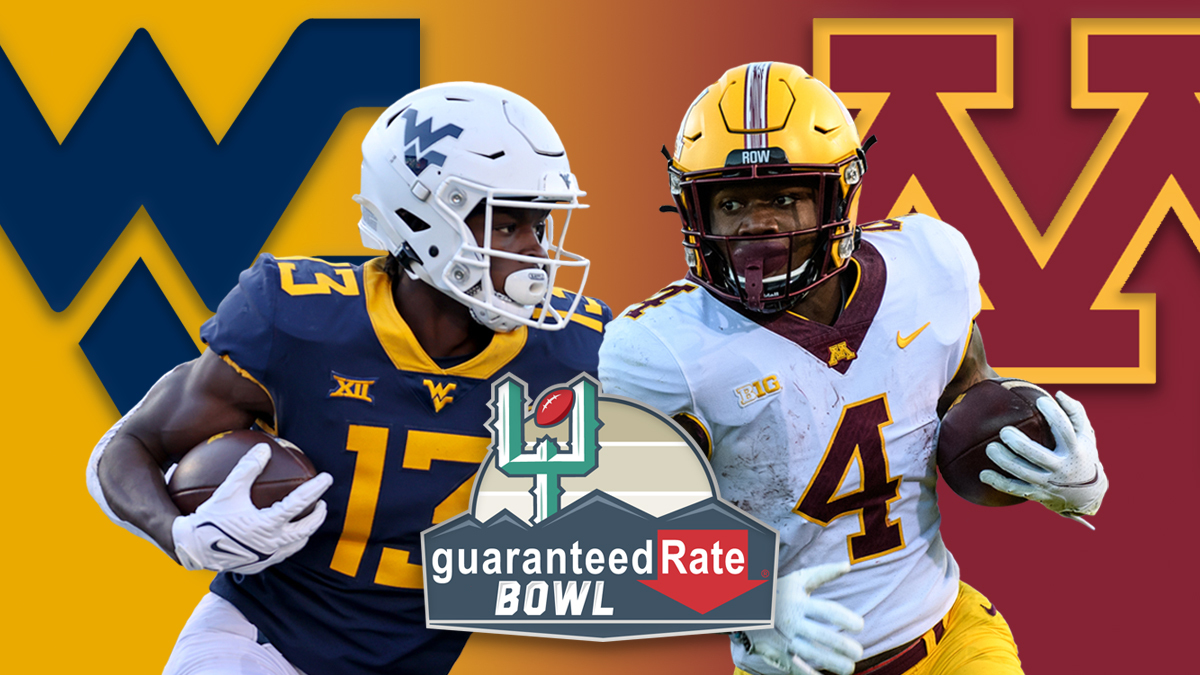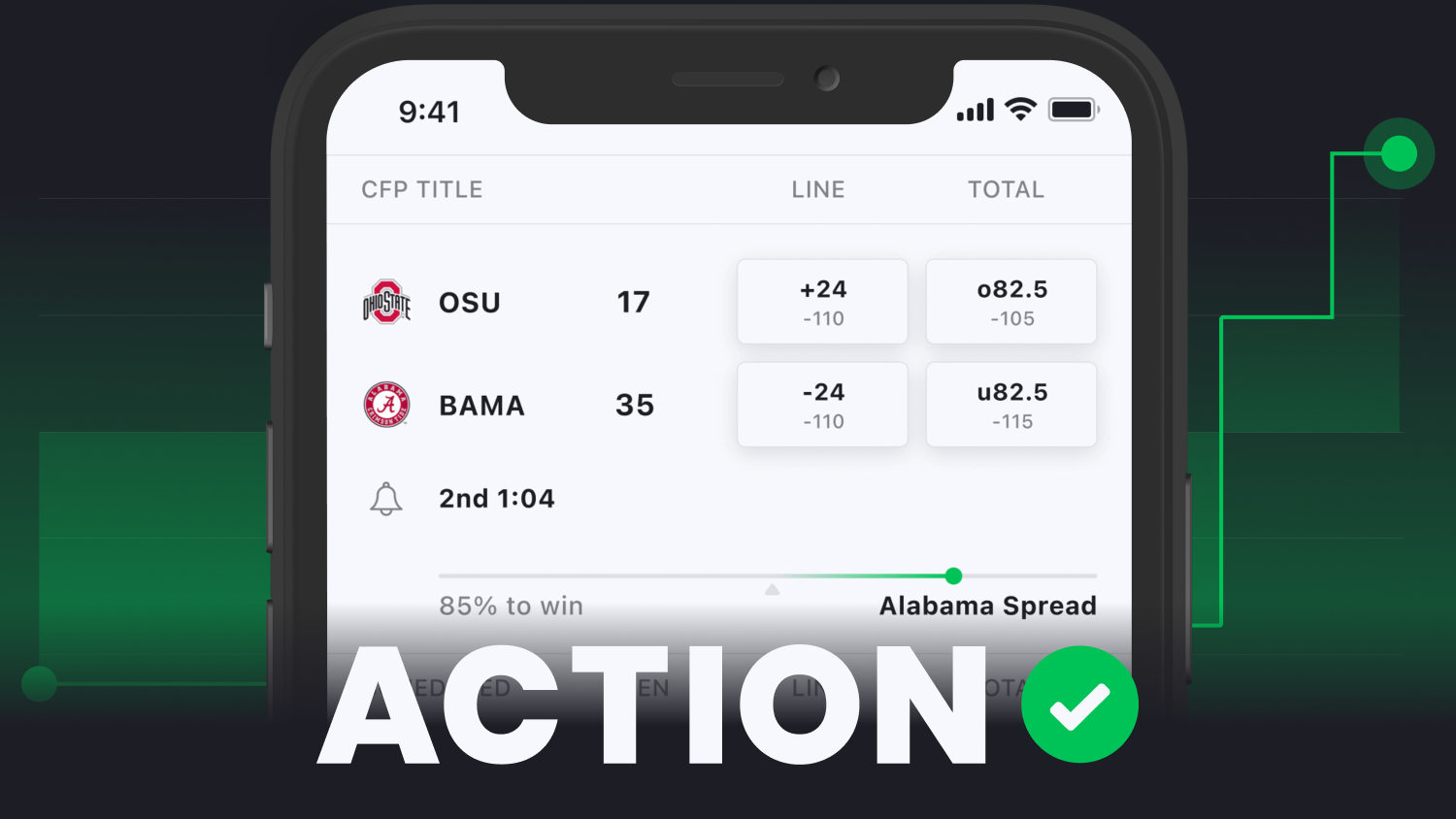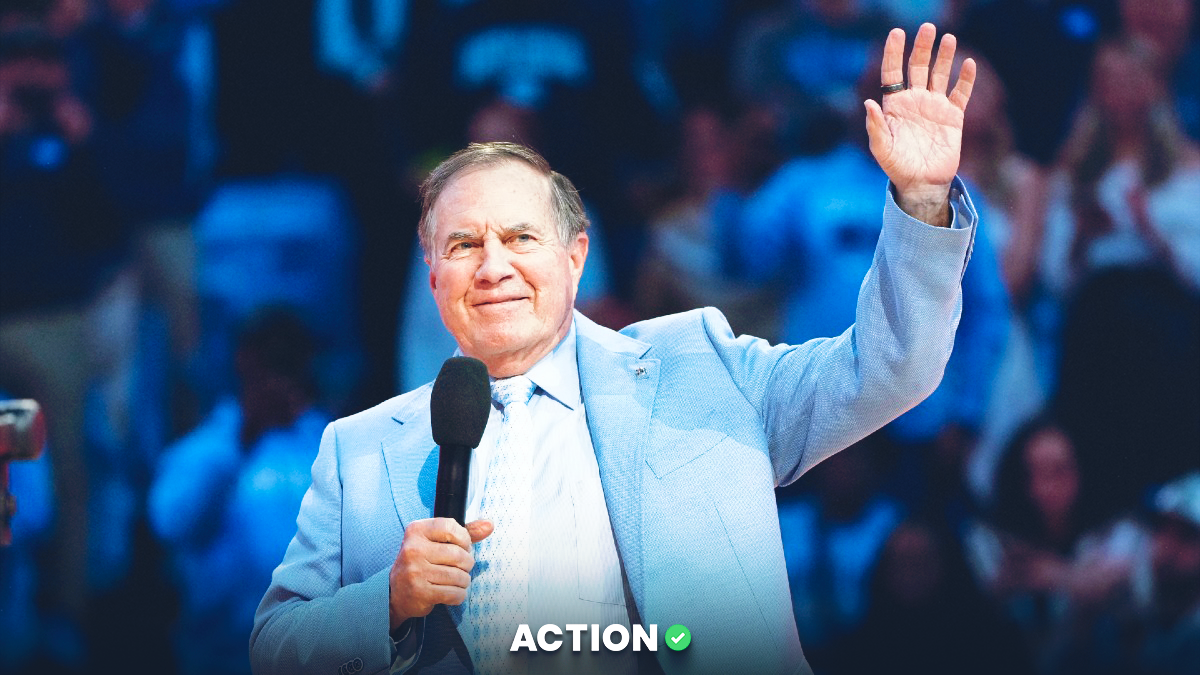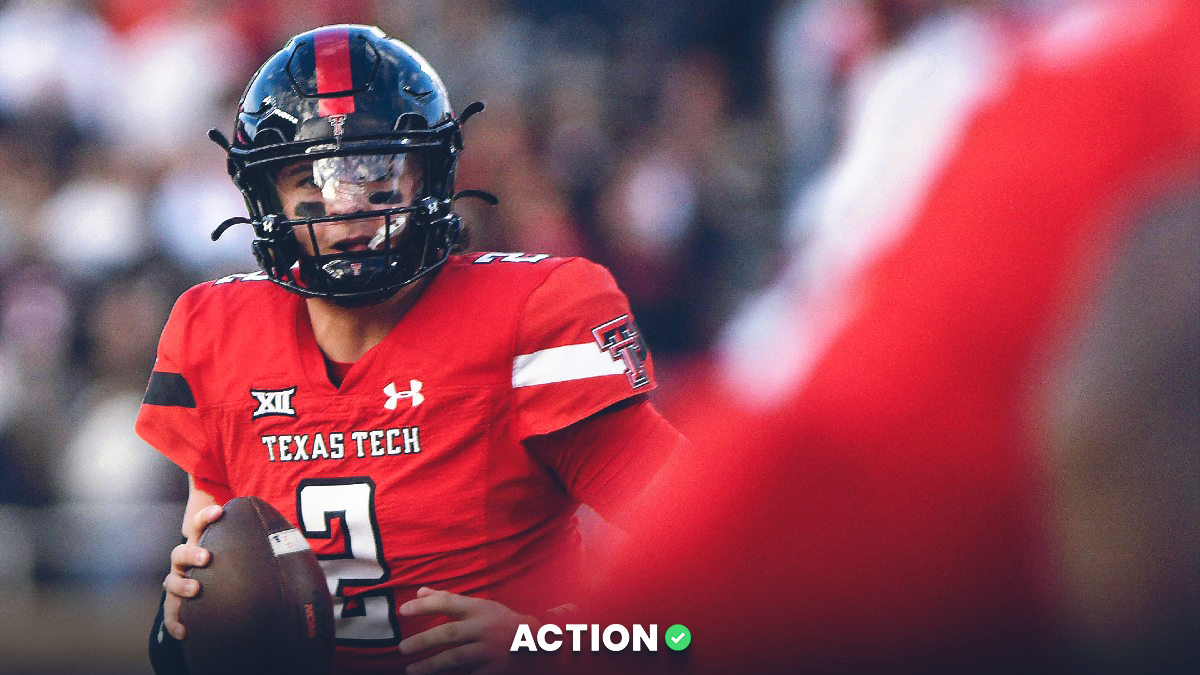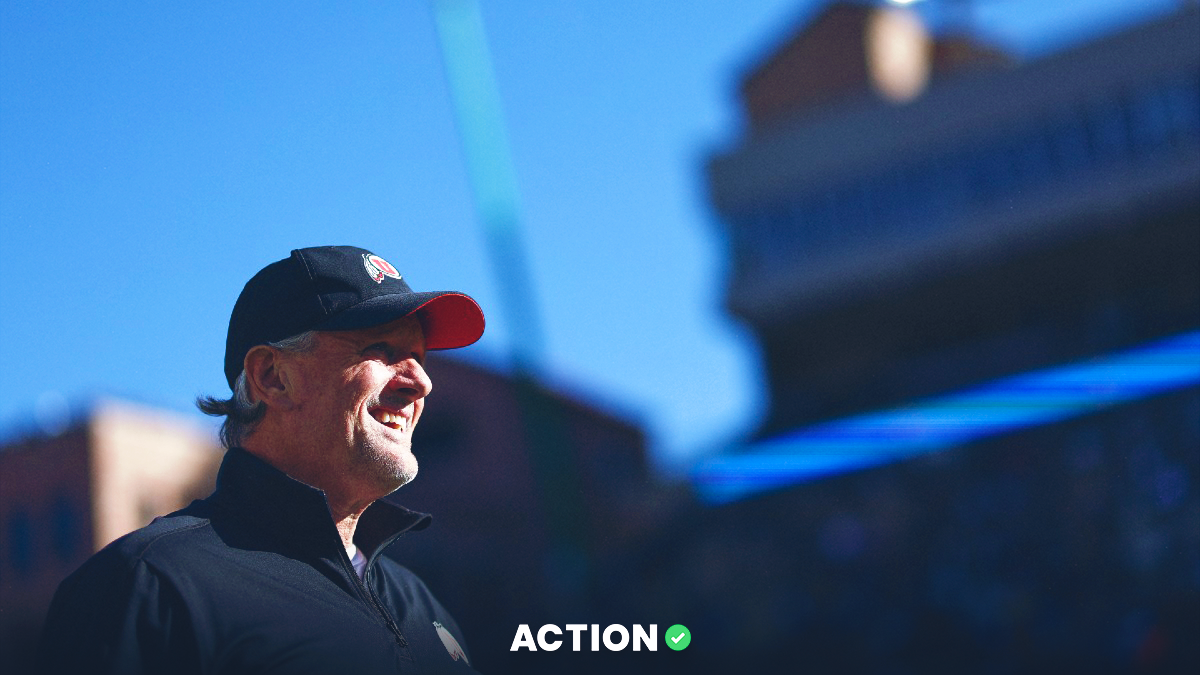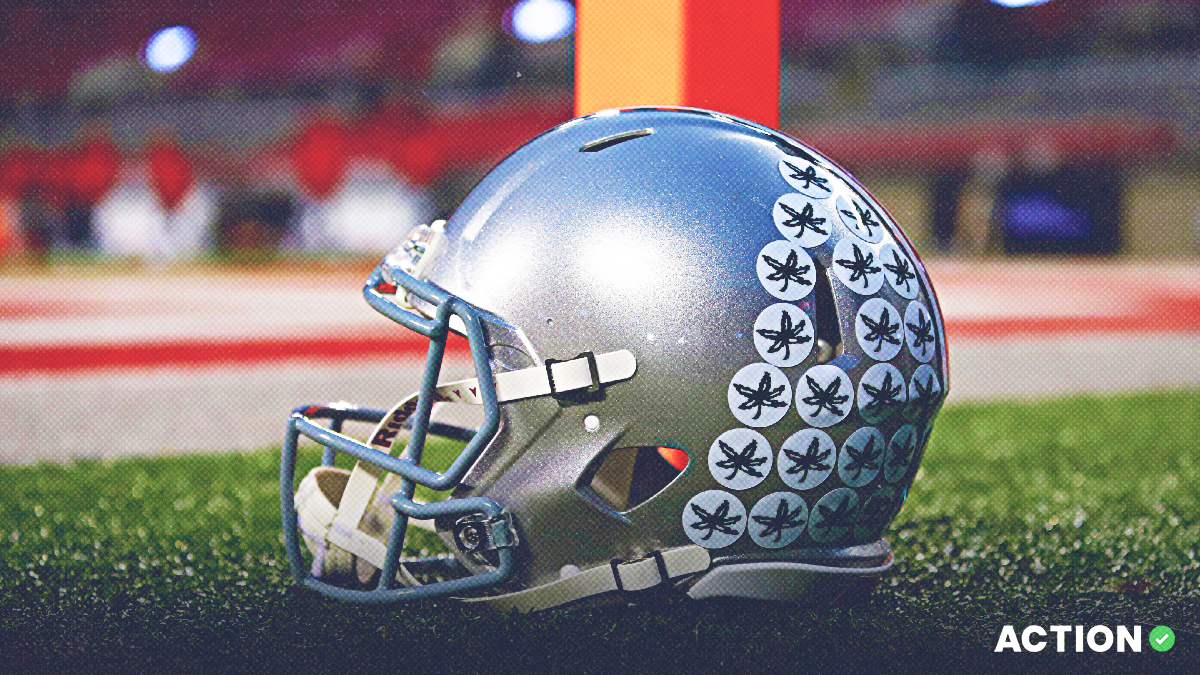West Virginia vs. Minnesota Odds
| West Virginia Odds | ||
|---|---|---|
| Spread | Total | Moneyline |
+5.5 -105 | 44.5 -114o / -106u | +198 |
| Minnesota Odds | ||
|---|---|---|
| Spread | Total | Moneyline |
-5.5 -115 | 44.5 -114o / -106u | -250 |

If the Guaranteed Rate Bowl isn't ringing any bells, it could be because this yearly bowl game has undergone some name changes over time. In the past, it's called itself the Cheez-It Bowl, the Cactus Bowl, the Buffalo Wild Wings Bowl, and the Insight Bowl, to name a few.
However, one constant is that it's always been played in Arizona and has been at Chase Field since 2016 after transitioning from Sun Devil Stadium.
Last year was supposed to be the first edition of this bowl under the new name, but COVID-19 cancellations ended up pushing back the inaugural Guaranteed Rate Bowl to 2021. This year, it'll be Minnesota on one side after its 8-4 finish, with 6-6 West Virginia on the other.
Minnesota had an up-and-down season but still ended up with a chance at a Big Ten Championship berth late in the year before Iowa ultimately won the division.
It had some incredibly frustrating losses — most notably to Bowling Green and Illinois at home — but also had a great end to the season with its win over a Wisconsin team that was rolling at the time.
Looking at West Virginia, a defensive drop-off from 2020 combined with no significant steps forward from the offense resulted in a .500 record. It's riding a two-game win streak, but those came against a Texas team that seemed to lose all interest down the stretch and a 34-28 win over 2-10 Kansas.
Neither of these squads have found much consistency in 2021, but does one of them have an edge in this specific matchup?
West Virginia Offense
West Virginia brought back veteran quarterback Jarret Doege for his fifth year of college football and second year as West Virginia's full-time starter, but he really didn't take any steps forward from 2020. His yards per attempt jumped slightly from 6.9 to 7.5, but his interceptions went from four on 375 throws in 2020 to 11 on 390 throws in 2021.
The pass offense was nothing more than mediocre this season, with a ranking of 72nd in Expected Points Added (EPA) per throw. Whether it was the scheme, lack of talent at receiver, or Doege himself, this aerial attack really didn't have much interest in going deep, as West Virginia's average depth of target of 8.3 yards ranked 118th.
The Mountaineer ground game was nothing special, either, and will now be without veteran bell-cow Leddie Brown as he prepares for the NFL Draft after taking nearly 75% of the team's backfield carries this season.
Expect backup Tony Mathis, who received a Pro Football Focus rushing grade of 70.4, to receive the majority of the work at running back in this contest. He averaged 4.3 yards per carry on 59 attempts in his limited playing time.
West Virginia Defense
West Virginia's pass defense took a big step back from a strong 2020 season, finishing the year ranked 80th in Passing Success Rate Allowed.
The pass rush was almost nonexistent, with the Mountaineers ranked 103rd in pressure rate and defensive tackle Dante Stills leading the team with only six sacks. In the secondary, cornerback Daryl Porter Jr. was the only starter to receive a PFF coverage grade above 65.
West Virginia was better against the run, though, which is important against a Minnesota team that fell in love with the ground game this year.
While its run defense didn't look great from a Success Rate perspective, it was great at preventing big plays on the ground, which aided significantly in the Mountaineers' ranking of 20th in EPA per carry allowed.
Overall, West Virginia ranks outside the top 70 in points per drive allowed and Success Rate Allowed. Minnesota doesn't throw the ball often, but it will be interesting to see if it's enticed to against this leaky pass defense.
Minnesota Offense
Minnesota's offense didn't exactly light the world on fire this season despite a dominant offensive line, which is why Mike Sanford is now the former offensive coordinator for the Gophers.
He's been replaced by Kirk Ciarrocca — who was actually Minnesota's offensive coordinator from 2017-19 before moving on to Penn State and then taking an analyst position at West Virginia, funnily enough. He won't be taking over until next season, though, which leaves wide receivers coach Matt Simon as the play-caller against the Mountaineers.
Sanford didn't exactly call a very exciting offense during his time in Minneapolis, which is evidenced by the Gophers having the highest rushing rate in the country outside of the three service academies. He loved utilizing play action with the run-heavy offense as well, as nearly 50% of the team's passing attempts came with a fake handoff.
As previously mentioned, this offensive line made life a lot easier in both facets, considering it ranked sixth in PFF run-blocking grade and 32nd in pressure rate allowed on dropbacks.
Individually, center John Michael Schmitz graded as the second-best offensive lineman in the Big Ten, per PFF, with guard Blaise Andries ranked sixth and 6-foot-9, 380-pound tackle Daniel Faalele ranked 12th.
Minnesota Defense
Minnesota was one of 17 teams to allow fewer than 20 points per game this season and enters this game ranked 14th in Success Rate Allowed. It's hard to beat this team in any facet, considering the Gophers were a top-30 team against the run and the pass in terms of Success Rate and EPA per play.
Edge defender Boye Mafe was probably the best defender on the team this season, as he ranks seventh in PFF pass-rushing grade among Big Ten edge defenders and sixth in total pressures.
The duo of Mafe and fellow edge defender Thomas Rush combined for 11.5 sacks and 16.5 tackles for loss in 11 games this season.
It could be argued that this team is coming off its best defensive performance of the season after it held Wisconsin to a dismal 3.9 yards per play and 13 points in the regular-season finale. It'll look to keep that going against a weak West Virginia offense to close out its 2021 season.
West Virginia vs. Minnesota Matchup Analysis
Toggle the dropdowns below to hide or show how West Virginia and Minnesota match up statistically:
West Virginia Offense vs. Minnesota Defense
Offense | Defense | Edge | |
| Rush Success | 71 | 16 | |
| Line Yards | 83 | 22 | |
| Pass Success | 46 | 28 | |
| Pass Blocking** | 29 | 68 | |
| Big Play | 74 | 12 | |
| Havoc | 88 | 89 | |
| Finishing Drives | 37 | 62 | |
| ** Pass Blocking (Off.) vs. Pass Rush (Def.) | |||
Minnesota Offense vs. West Virginia Defense
Offense | Defense | Edge | |
| Rush Success | 61 | 48 | |
| Line Yards | 49 | 58 | |
| Pass Success | 86 | 80 | |
| Pass Blocking** | 37 | 79 | |
| Big Play | 53 | 19 | |
| Havoc | 29 | 65 | |
| Finishing Drives | 77 | 20 | |
| ** Pass Blocking (Off.) vs. Pass Rush (Def.) | |||
Pace of Play / Other
| PFF Tackling | 29 | 78 |
| Coverage | 69 | 35 |
| Middle 8 | 41 | 14 |
| SP+ Special Teams | 100 | 41 |
| Plays per Minute | 92 | 129 |
| Rush Rate | 50.5% (93) | 69.3% (4) |
Data via College Football Data, FootballOutsiders, SP+, PFF and SportSource Analytics.
West Virginia vs. Minnesota Betting Pick
Minnesota has been a frustrating team this season, but I really like this matchup for the Gophers. There are a lot of issues with this West Virginia offense — especially on the ground — which should provide an opportunity for this defense to shine one more time after a great regular season.
On the other side of the ball, while Minnesota may not break off a lot of big runs in this contest, it should be able to pick up the small chunks at will.
This Mountaineer pass defense has also been awful, and while Minnesota doesn't go to the air as often as most teams, quarterback Tanner Morgan should have plenty of time to analyze the defense considering the lopsided matchup with his front against a weak Mountaineer pass rush.
I project Minnesota as 9.3-point favorites in this one, and while the best of the number is now gone, I still see value on the Gophers at this price.


